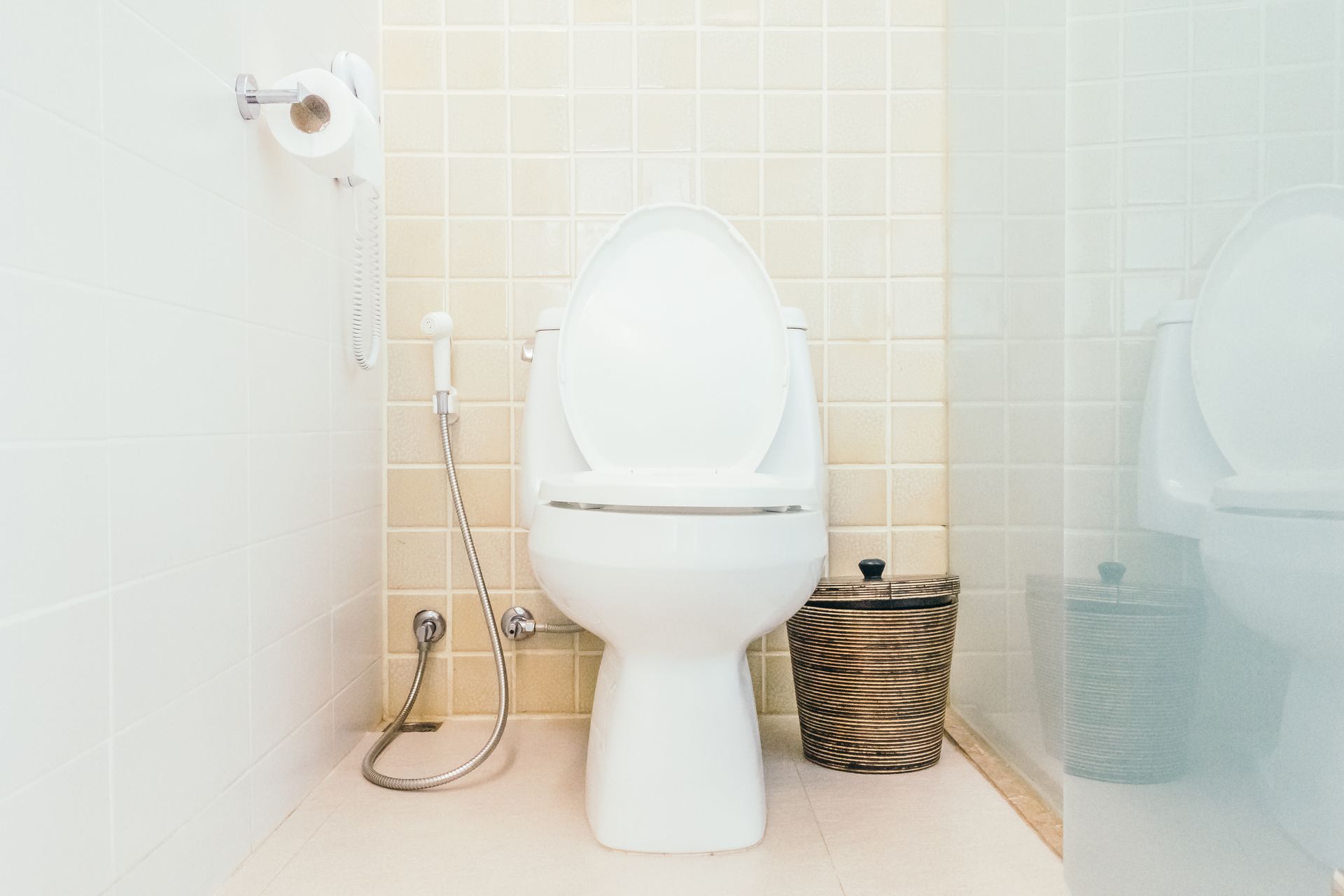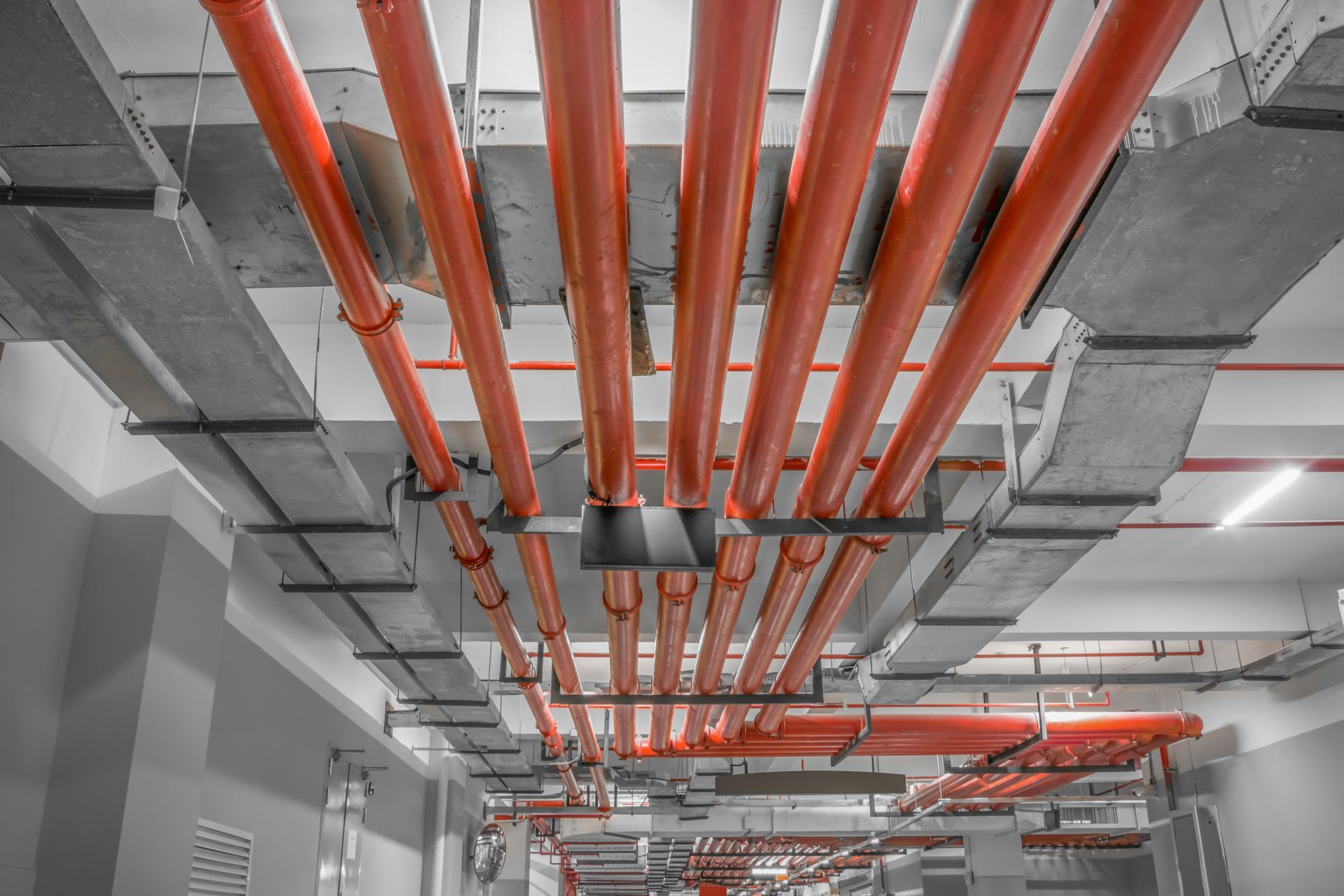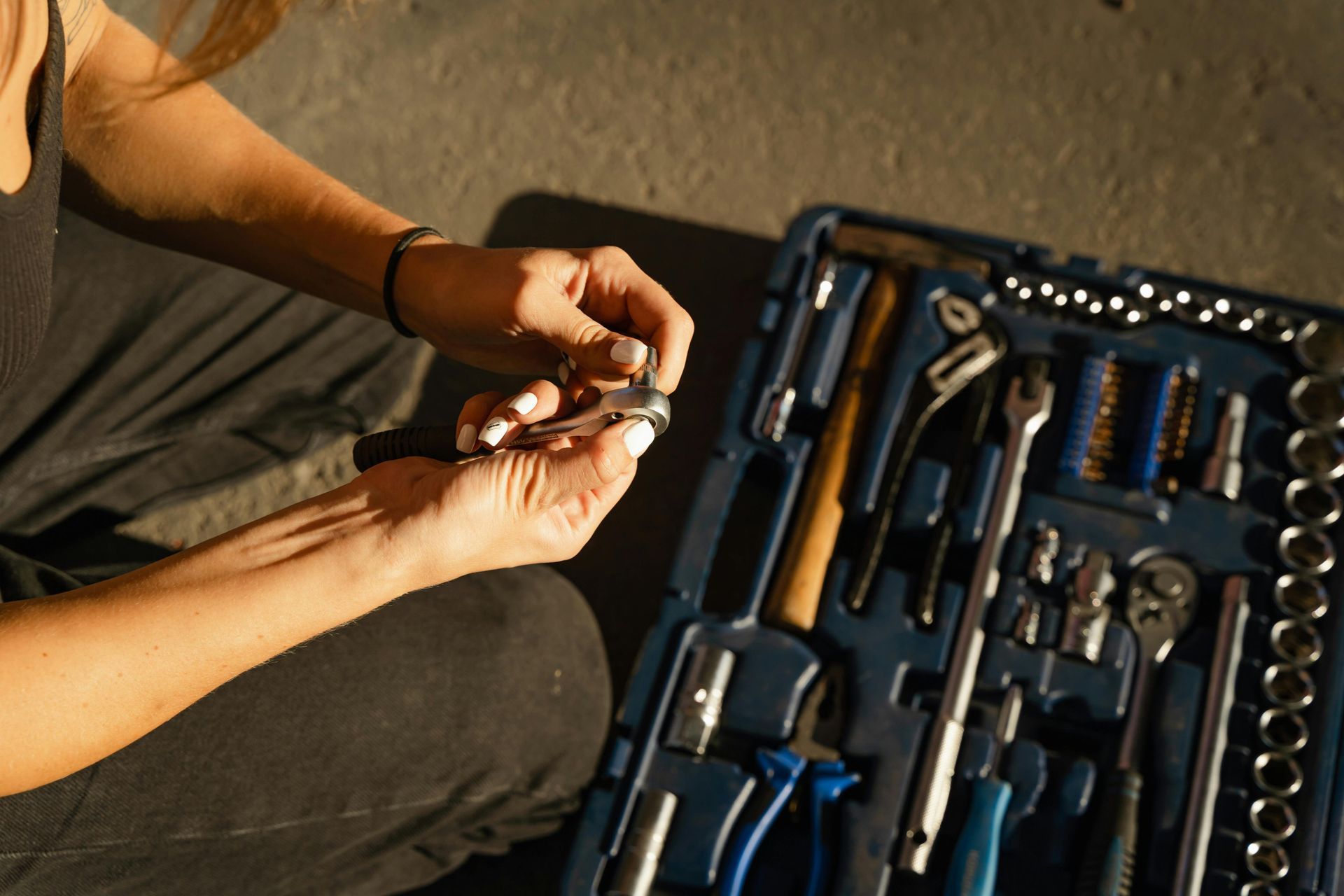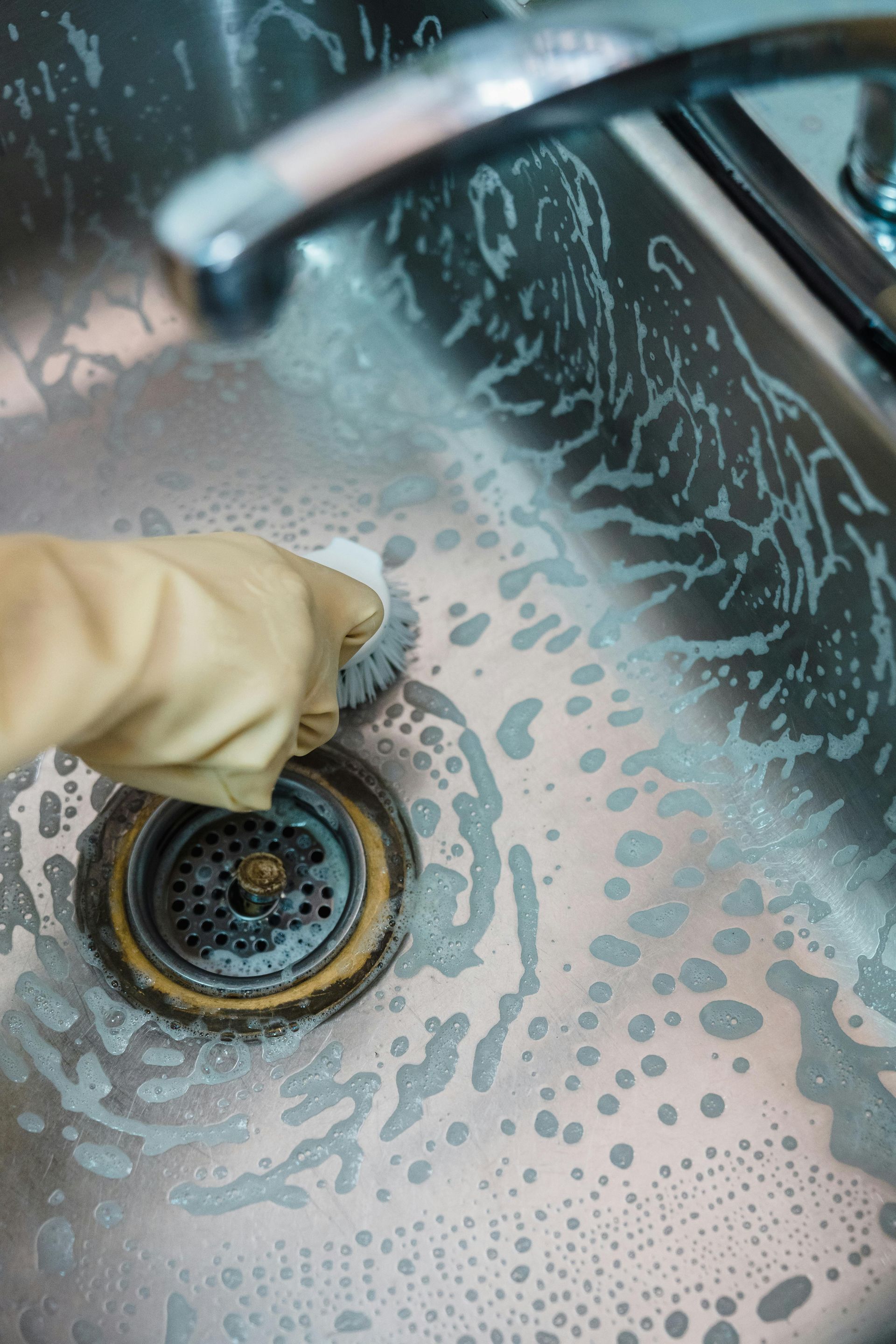How to Prevent Mold Growth in Bathroom Plumbing?
Preventing mold growth in bathroom plumbing is essential for maintaining a healthy home environment and protecting your property from costly damage. Mold thrives in the warm, humid, and often poorly ventilated conditions typical of bathrooms, especially when plumbing issues go unaddressed. By understanding the causes of mold and implementing a comprehensive maintenance strategy, you can keep your bathroom clean, safe, and mold-free. This guide details the best practices for mold prevention, highlights the importance of professional help from companies like All City Plumbers, and explains how to avoid common plumbing mistakes that can contribute to mold problems.
Understanding Why Mold Grows in Bathrooms
Mold spores are present everywhere, but they only become a problem when they find the right conditions to grow—namely, moisture, warmth, and darkness. Bathrooms provide the perfect breeding ground due to frequent water use, steam from showers, and lingering humidity. Leaky fixtures, poor ventilation, and damp surfaces are the most common sources of persistent moisture in bathrooms. Mold not only damages surfaces and structures but also poses significant health risks, especially for individuals with allergies or respiratory issues.
Addressing Plumbing Leaks and Moisture Sources
One of the most critical steps in mold prevention is promptly addressing leaks from faucets, pipes, showerheads, and toilets. Even minor leaks behind walls or under sinks can create hidden damp areas where mold can thrive undetected. Regularly inspect all visible plumbing connections and fixtures for signs of moisture or corrosion. Scheduling seasonal plumbing inspections with professionals like All City Plumbers can help identify and fix issues before they escalate, including evaluating the need for upgrades such as expansion tanks to regulate water pressure and prevent leaks.
Improving Ventilation and Airflow
Proper ventilation is a cornerstone of mold prevention. Always use an exhaust fan during and after showers to remove excess humidity from the air. If your bathroom lacks a fan, open a window or door to promote airflow. Running the fan for at least 20–30 minutes after bathing helps dry out surfaces and keeps humidity levels in check. For added protection, consider installing a timer switch for your exhaust fan to ensure it runs long enough to clear moisture.
Routine Cleaning and Mold-Resistant Materials
Regular cleaning is crucial to prevent soap scum, shampoo residue, and organic material from accumulating on tiles, grout, and around drains—areas where mold can easily take hold. Use a squeegee to remove water from shower walls and doors after each use, and clean surfaces with mold-killing solutions such as diluted vinegar or commercial bathroom cleaners. Launder bath mats, towels, and shower curtains frequently, and choose mold-resistant materials for any renovations, including paint, caulk, and drywall.
Sealing and Insulating Vulnerable Areas
Unsealed grout, cracked caulk, and poorly insulated walls can allow water to seep into hidden spaces, creating ideal conditions for mold. Reseal grout lines and caulk joints annually, and consider upgrading insulation with mold-resistant materials to regulate temperature and prevent condensation. Insulation also helps avoid common plumbing mistakes, such as leaving pipes exposed to temperature fluctuations that can lead to sweating and moisture buildup.
Maintaining Drains and Preventing Clogs
Free-flowing drains are essential for keeping water from pooling and creating damp spots that encourage mold growth. Regularly clear hair and debris from shower and sink drains, and avoid pouring grease or other clog-forming substances down the drain. If you notice slow drainage, address it promptly with safe drain-clearing methods or call a professional to avoid more severe blockages and potential leaks.
Responding Quickly to Water Incidents
Any water event—whether a spill, overflow, or minor flood—should be addressed immediately to prevent moisture from seeping into porous materials like wood, drywall, or insulation. Use towels, fans, or dehumidifiers to dry the area thoroughly, and check for hidden dampness behind baseboards or under cabinets. Quick action is vital to stop mold before it has a chance to develop.
When to Call a Professional
While many mold prevention steps can be managed by homeowners, some situations require expert intervention. Persistent leaks, recurring mold, or water damage behind walls may indicate deeper plumbing issues that need professional assessment and repair. All City Plumbers can provide comprehensive inspections, leak repairs, and guidance on system upgrades, including the installation of expansion tanks to stabilize water pressure and reduce the risk of leaks.
Conclusion
Preventing mold growth in bathroom plumbing is a multifaceted task that involves regular maintenance, prompt leak repairs, effective ventilation, and smart material choices. By staying vigilant and addressing issues early, you can avoid common plumbing mistakes that lead to mold and costly damage. For persistent problems or major repairs, rely on trusted professionals like All City Plumbers to ensure your bathroom remains a safe, healthy, and mold-free space. Incorporating system enhancements such as expansion tanks further safeguards your plumbing, providing peace of mind and long-term protection for your home.











